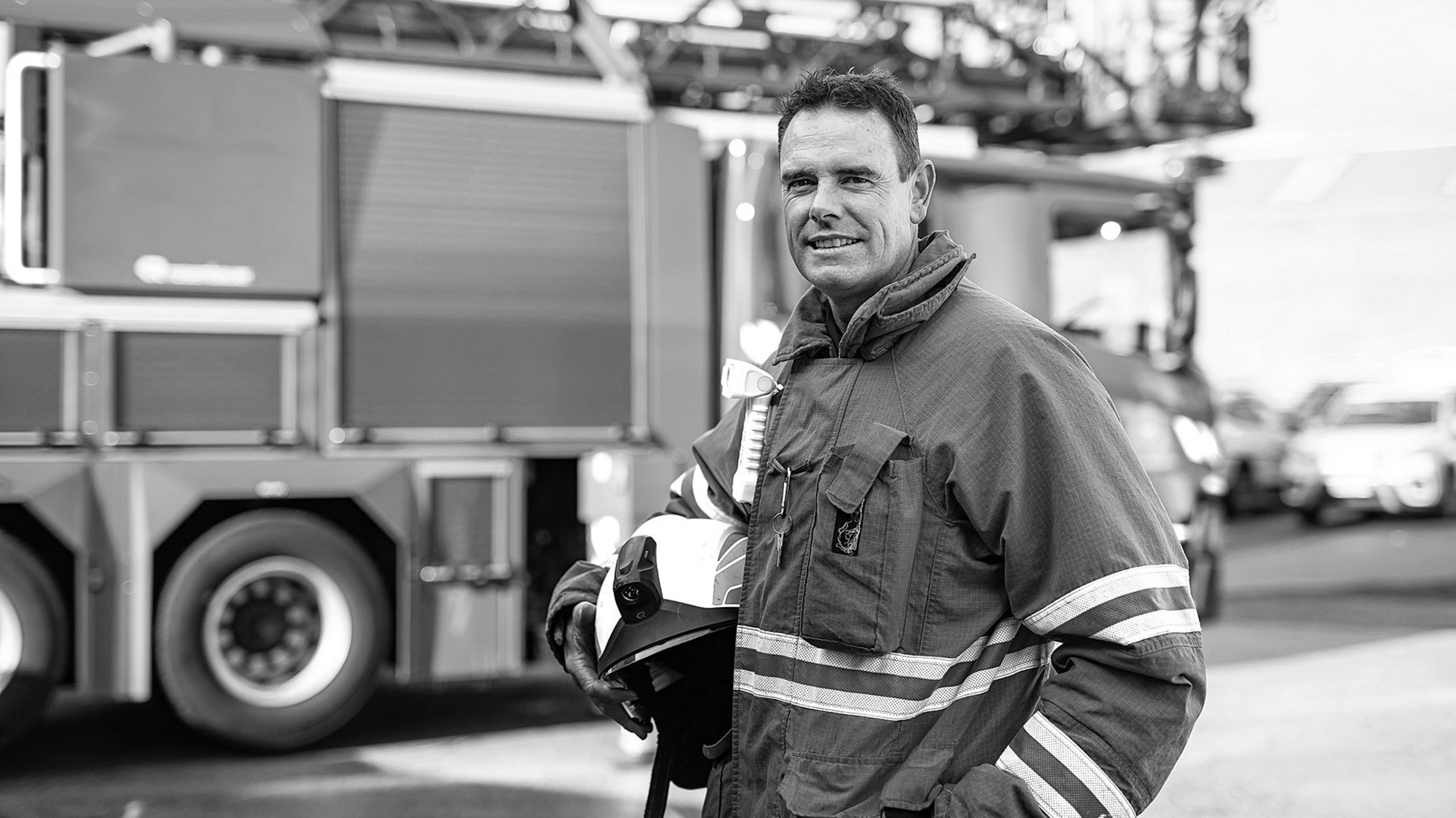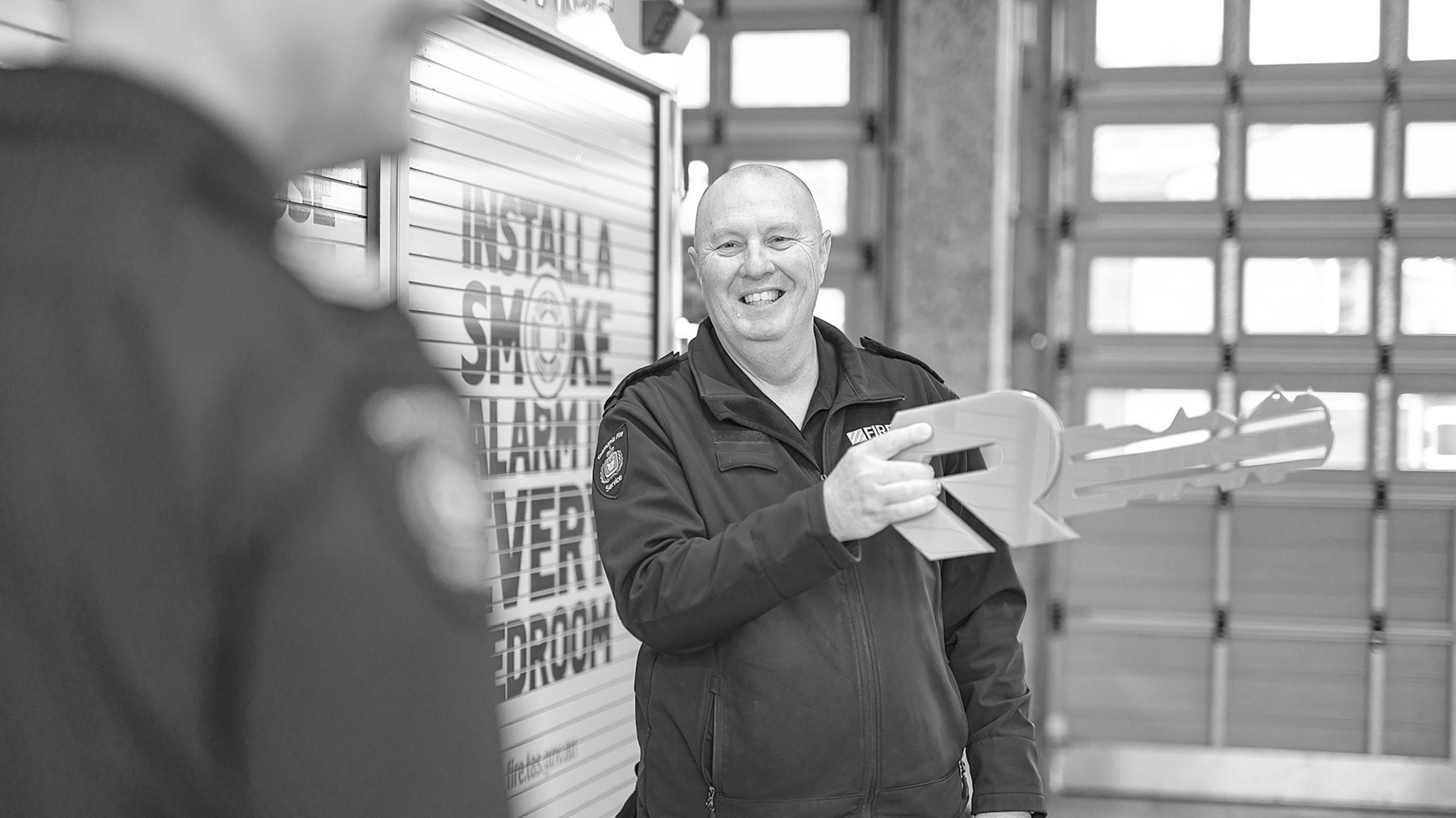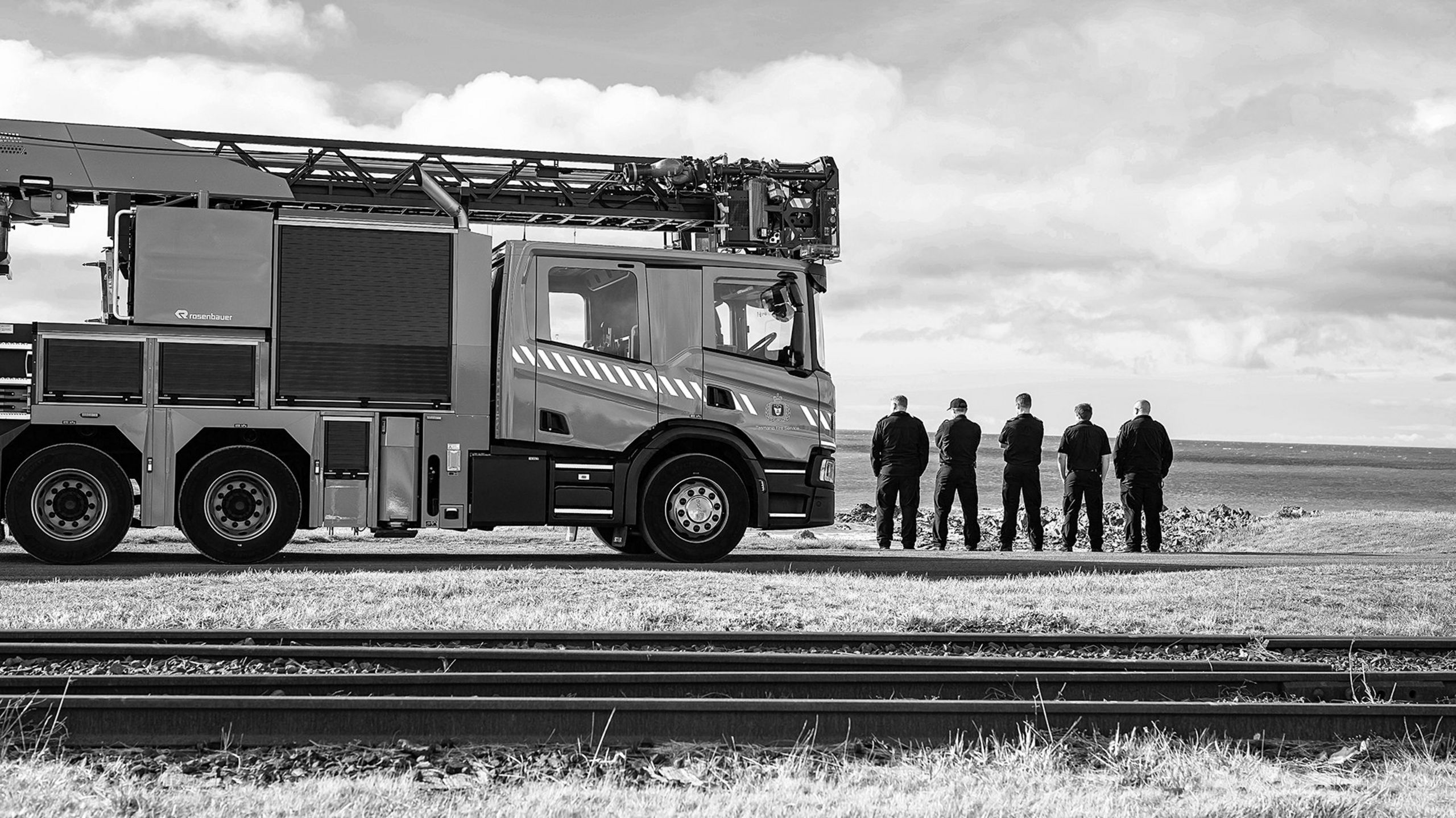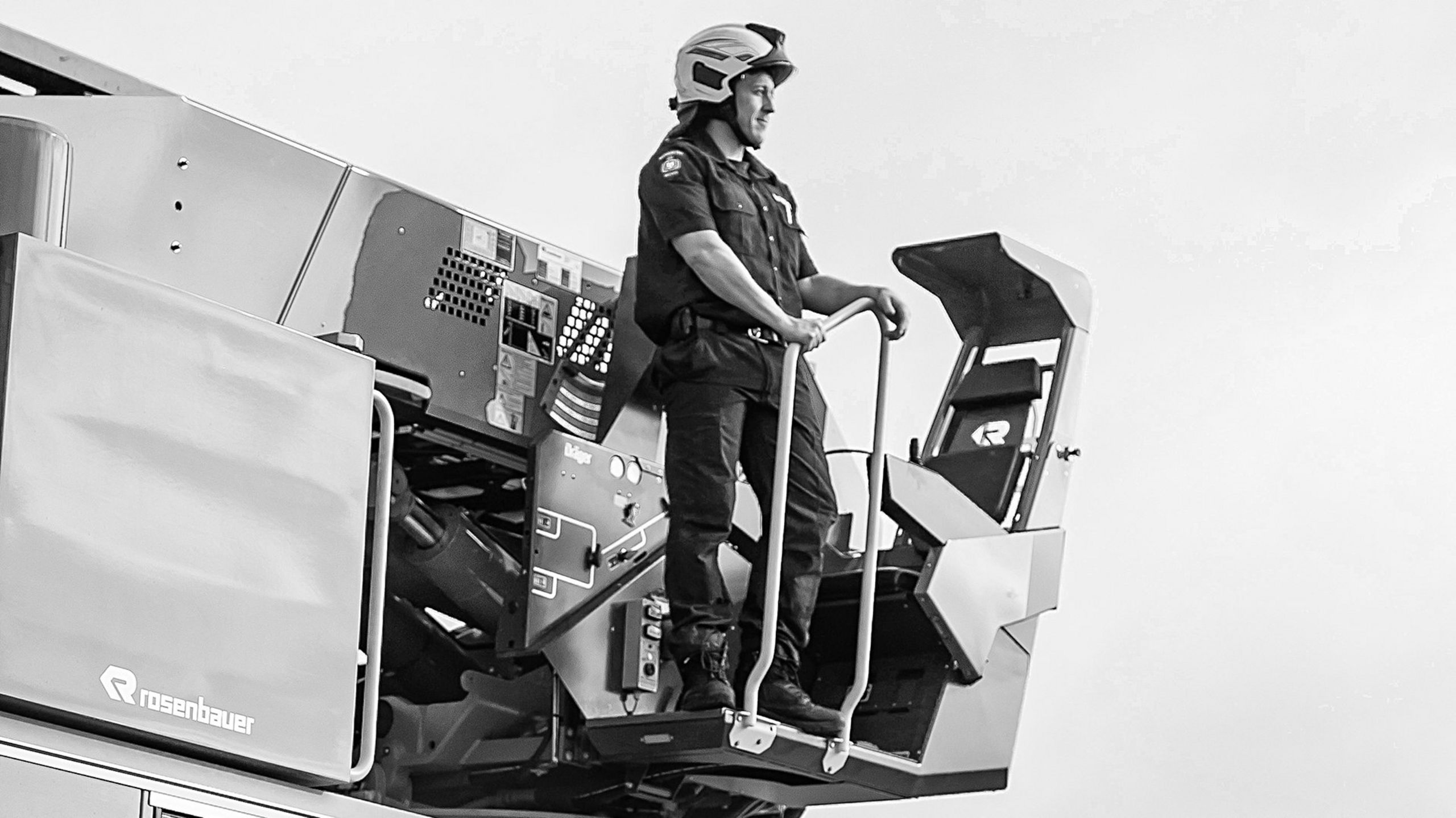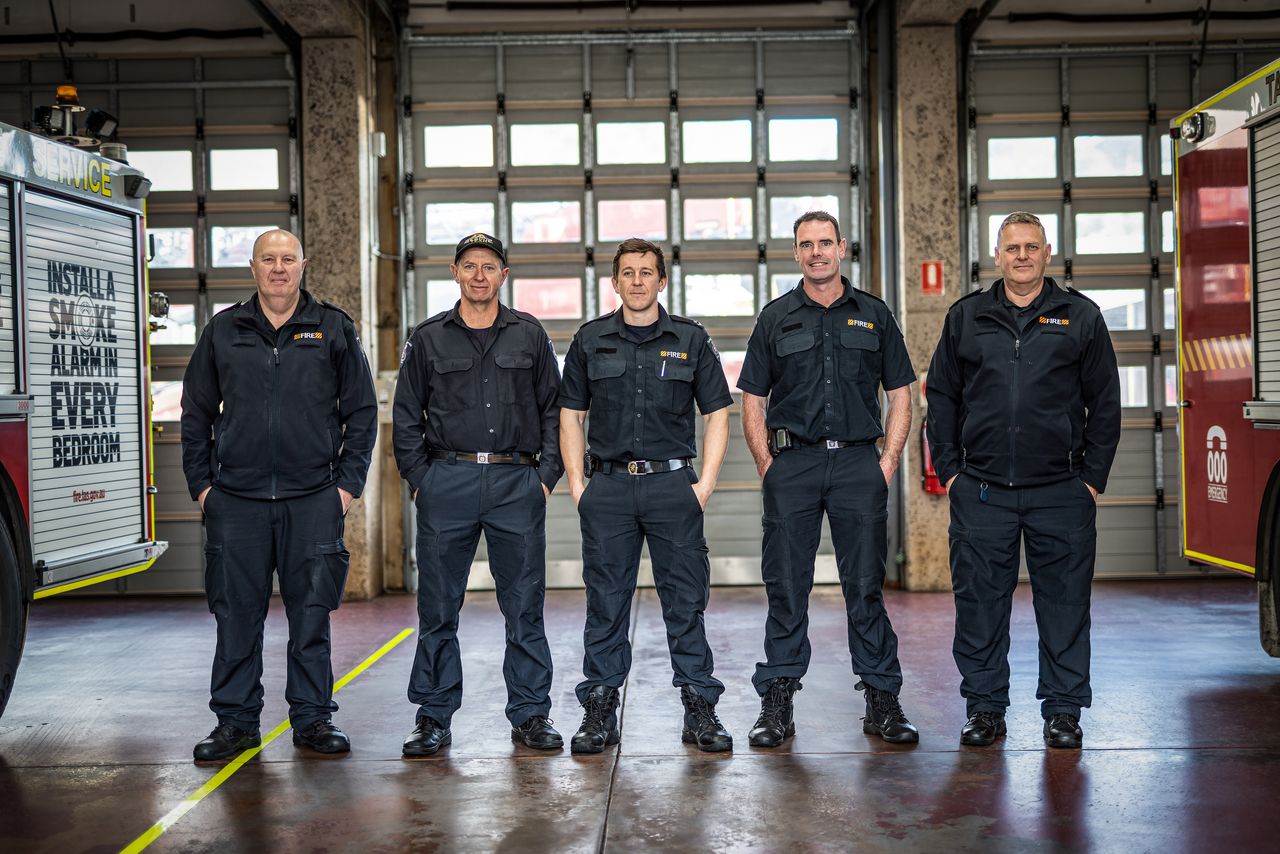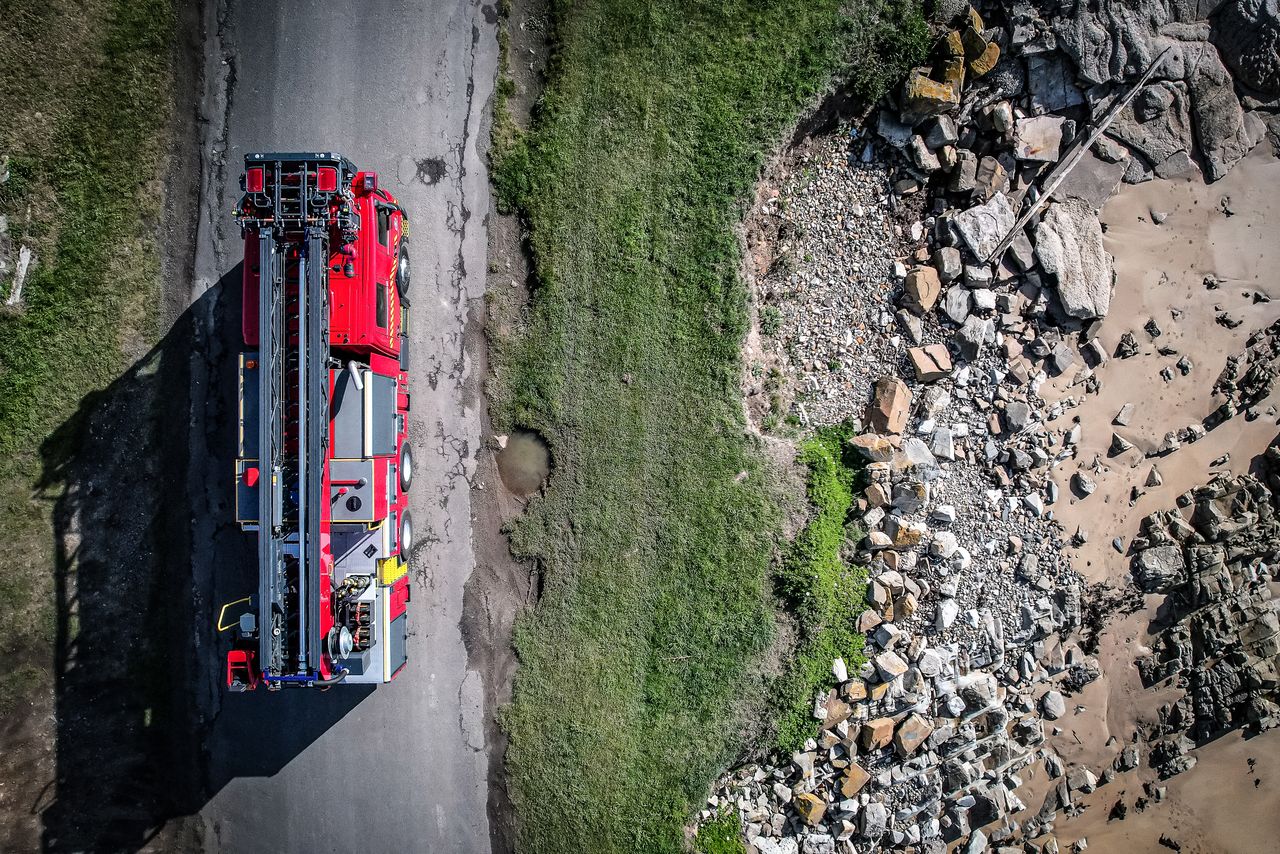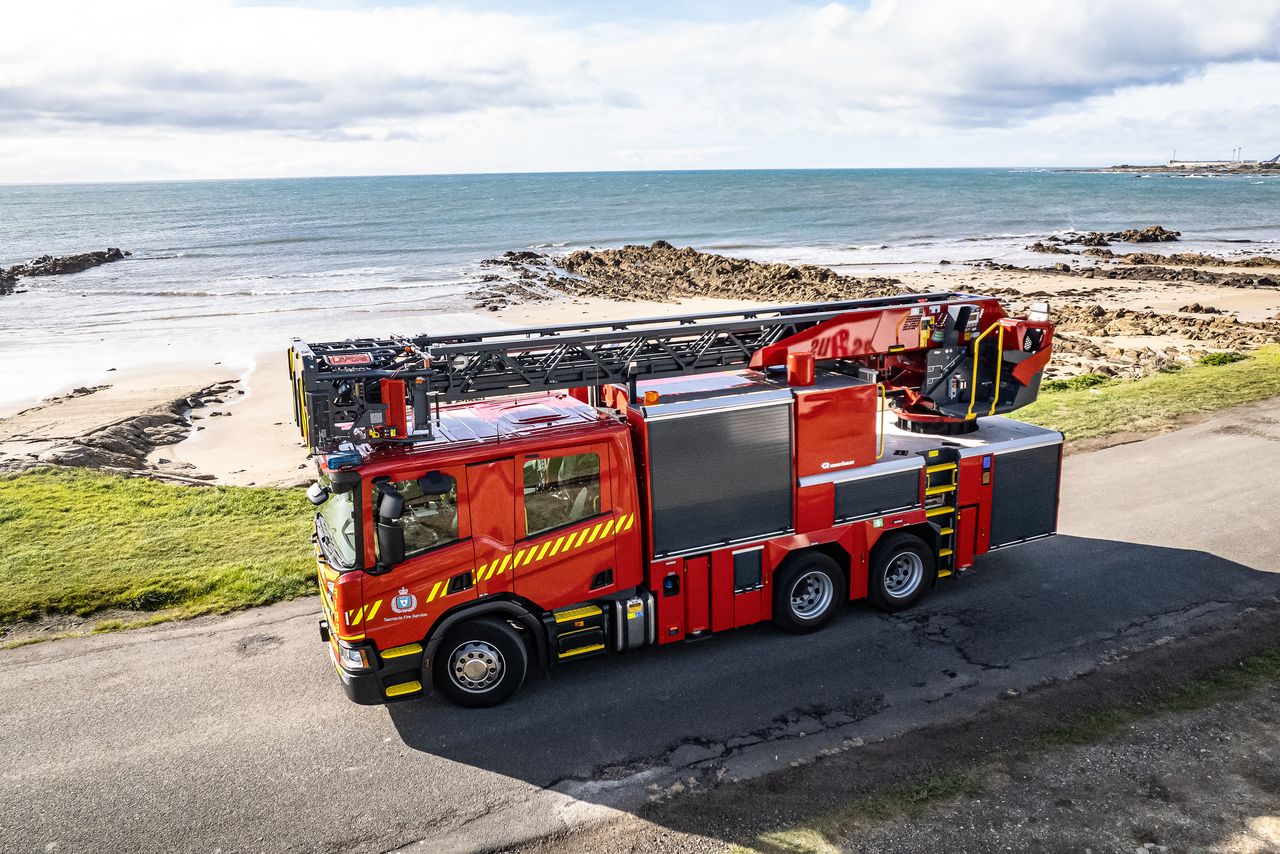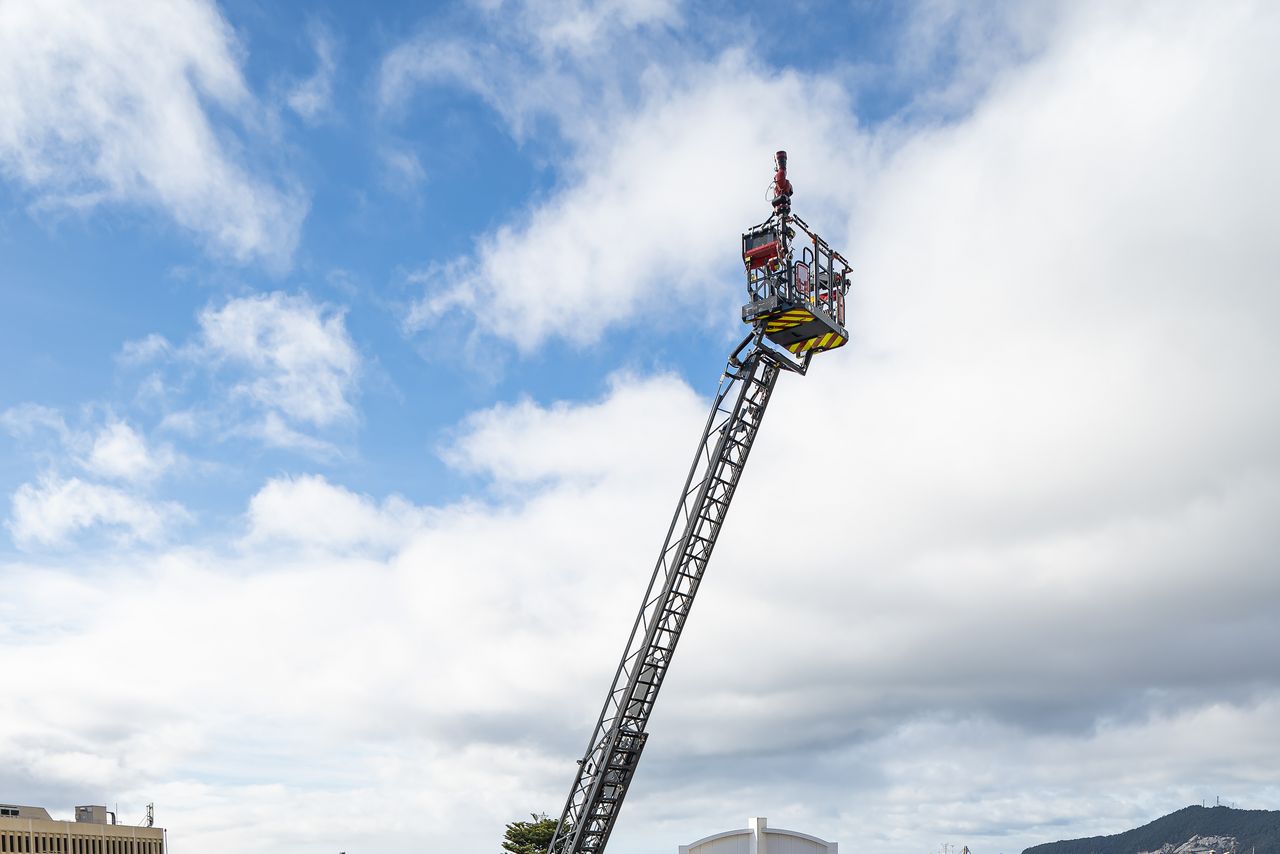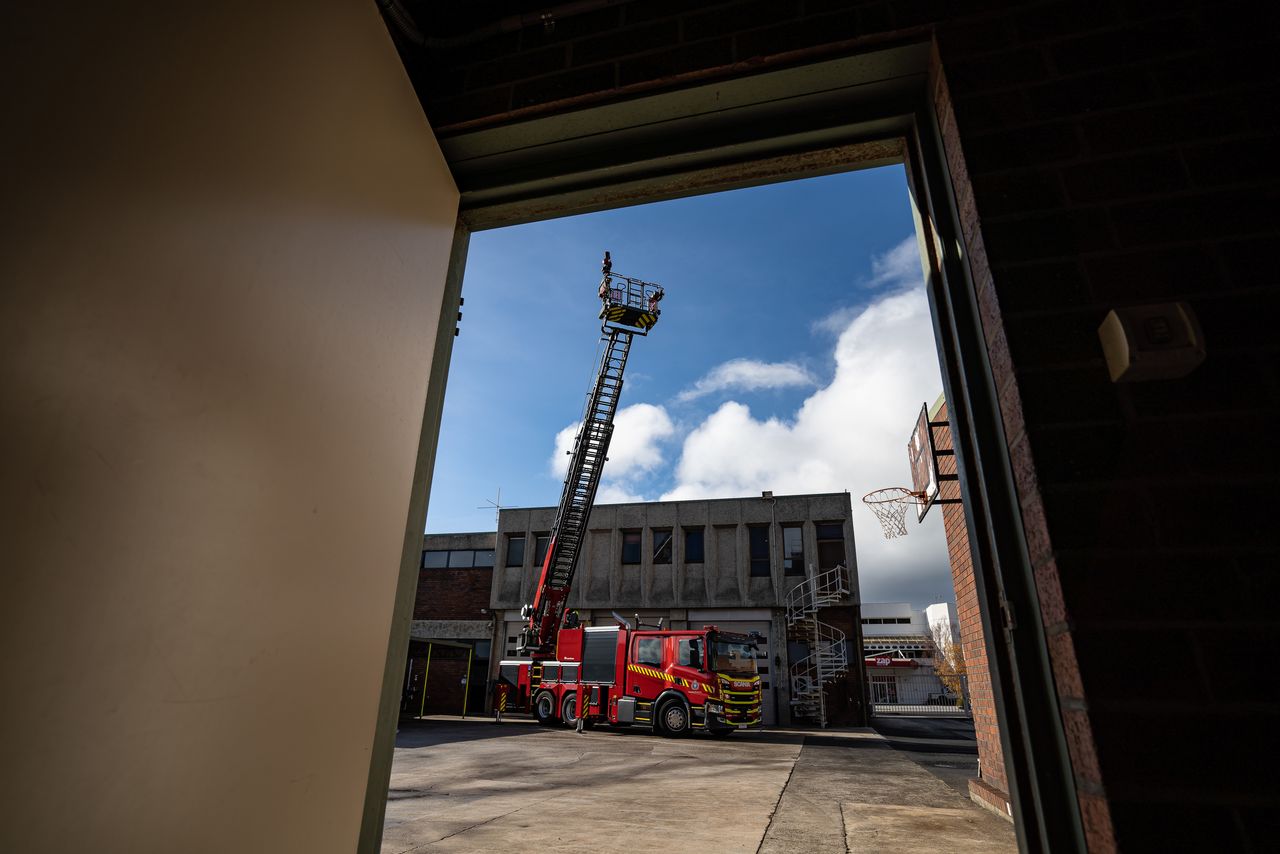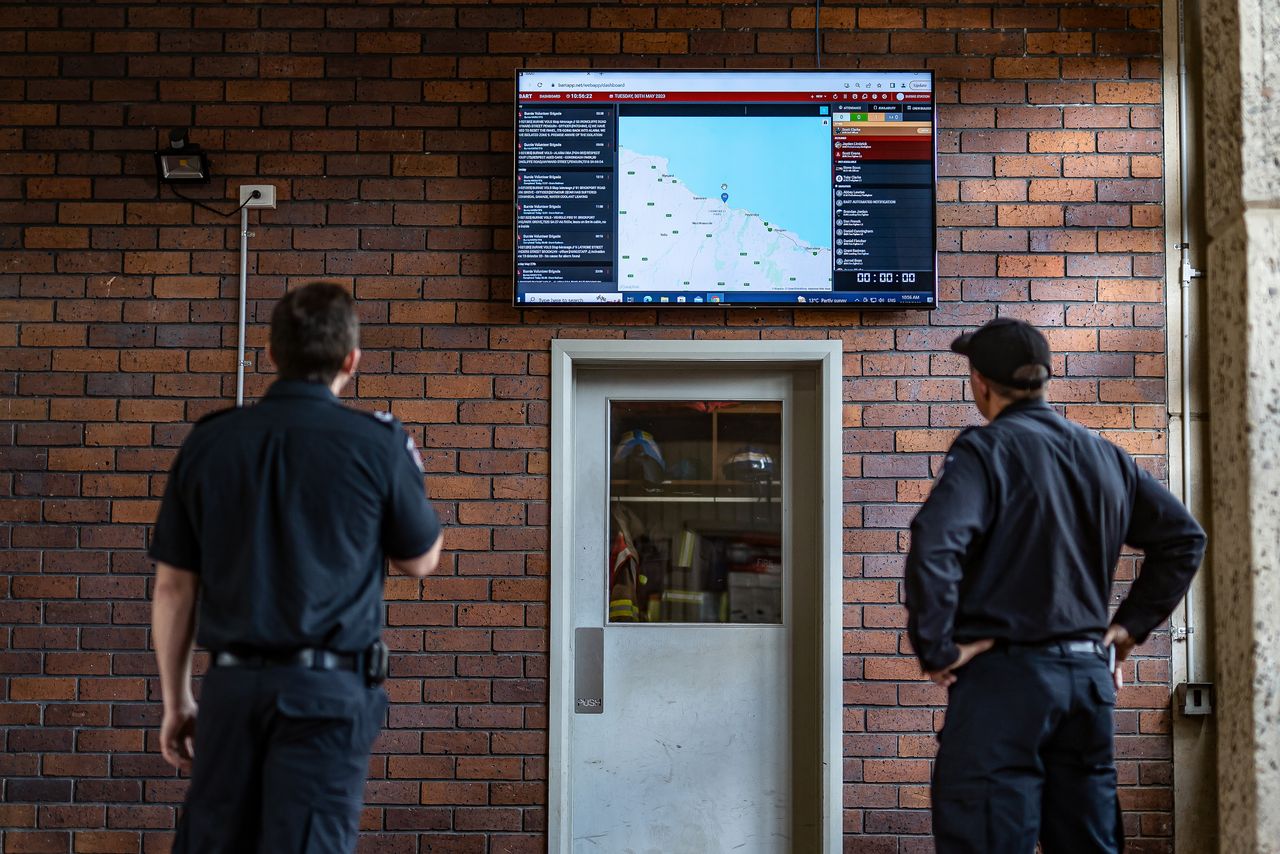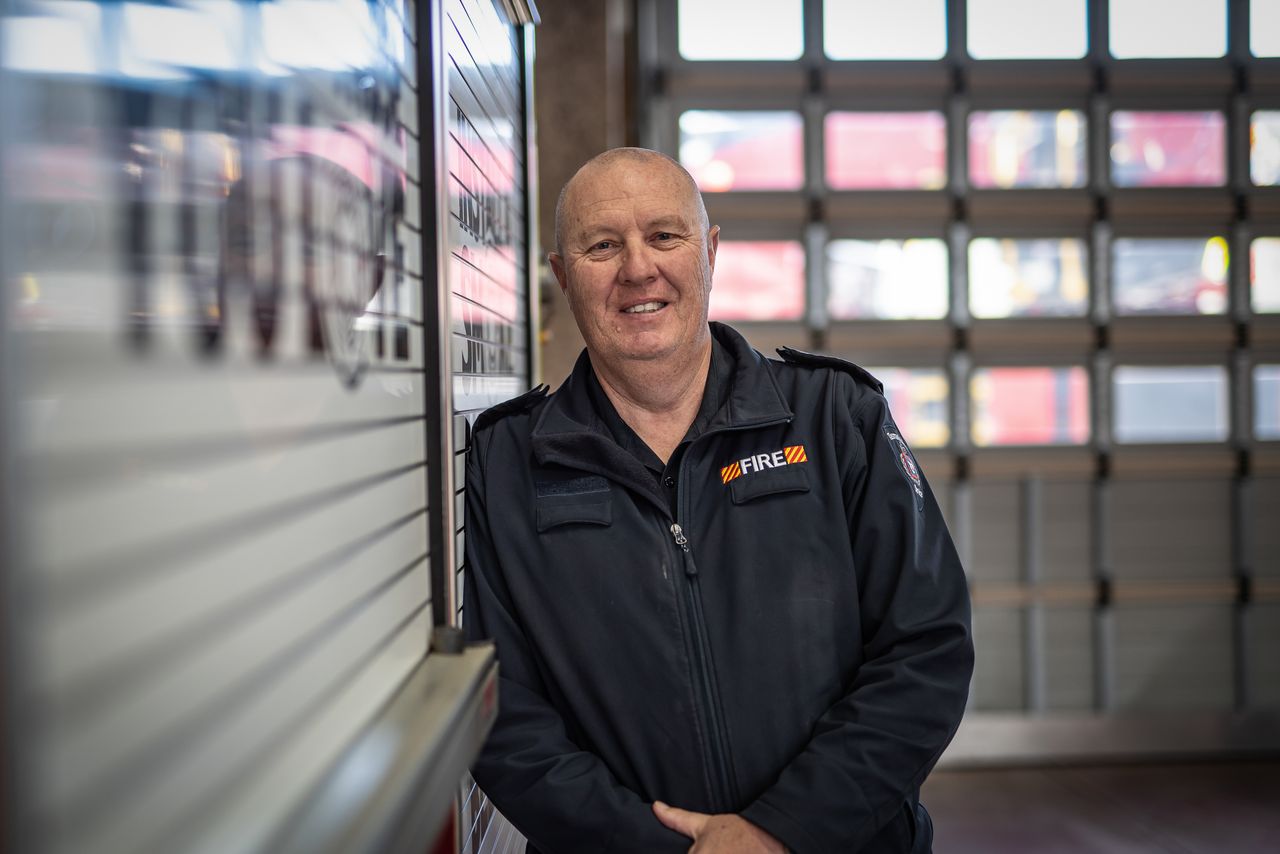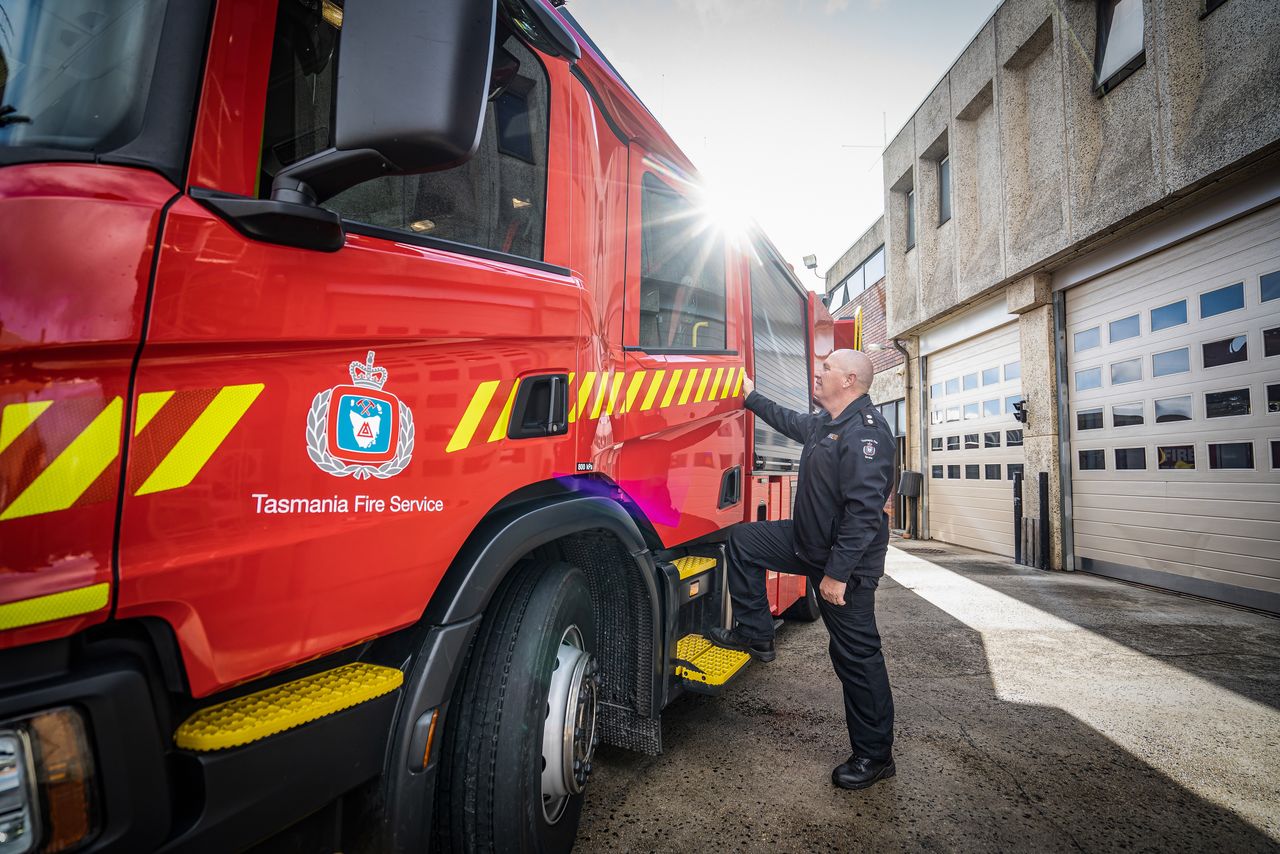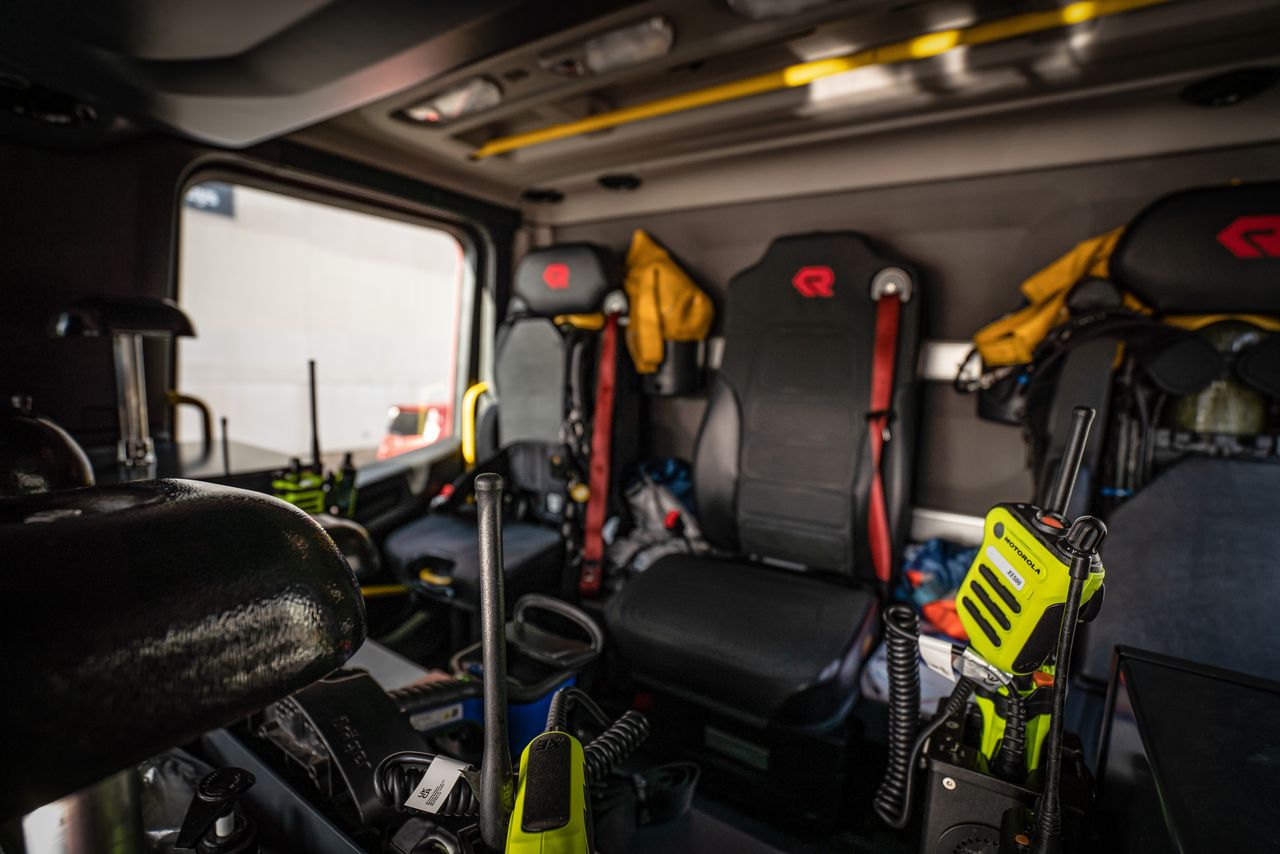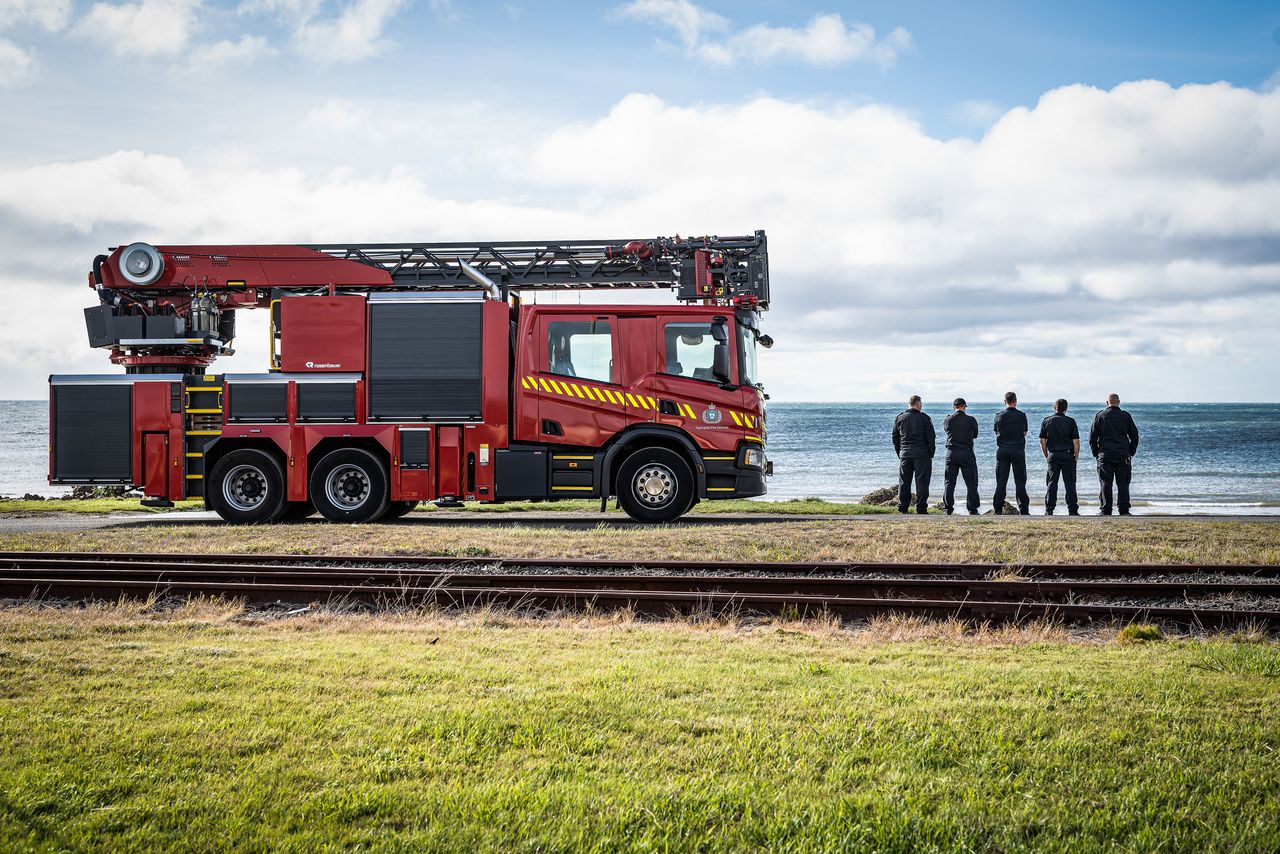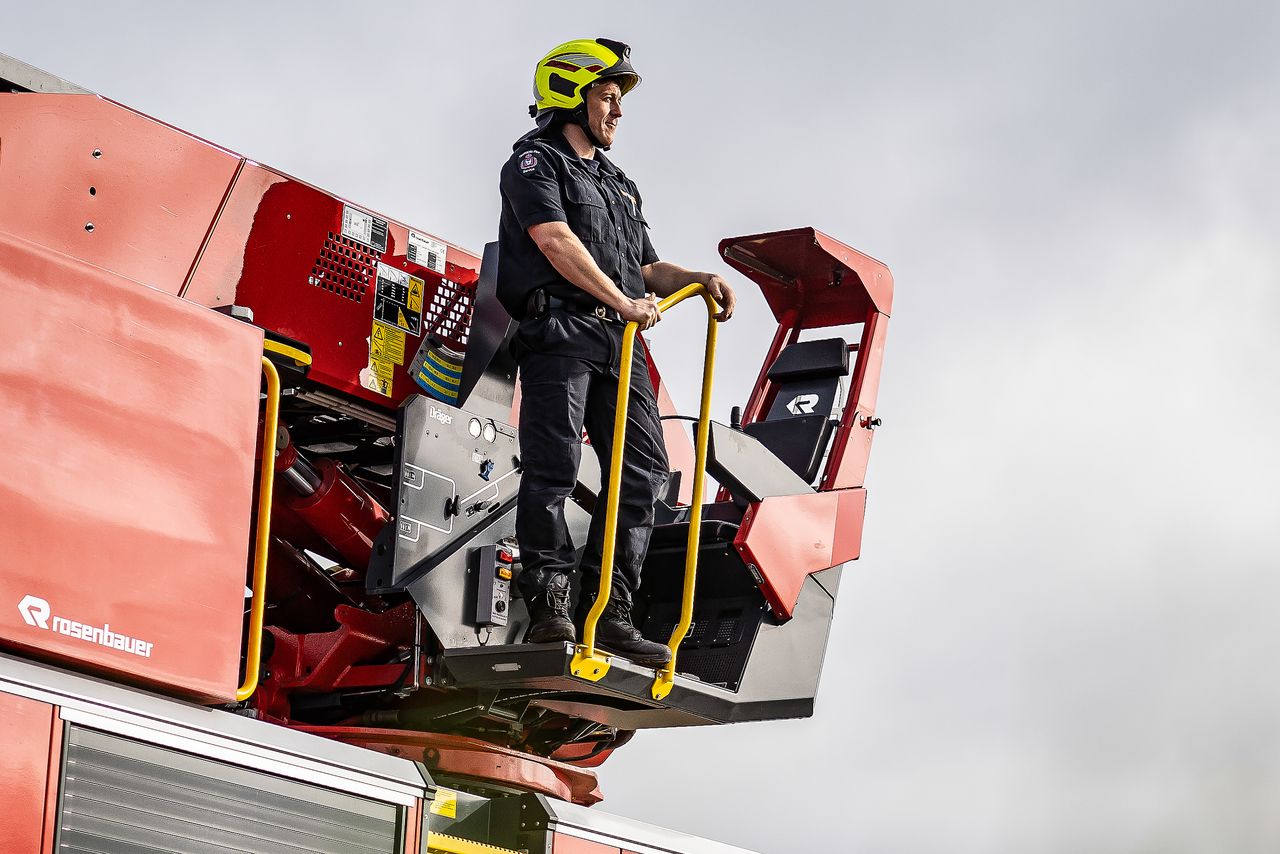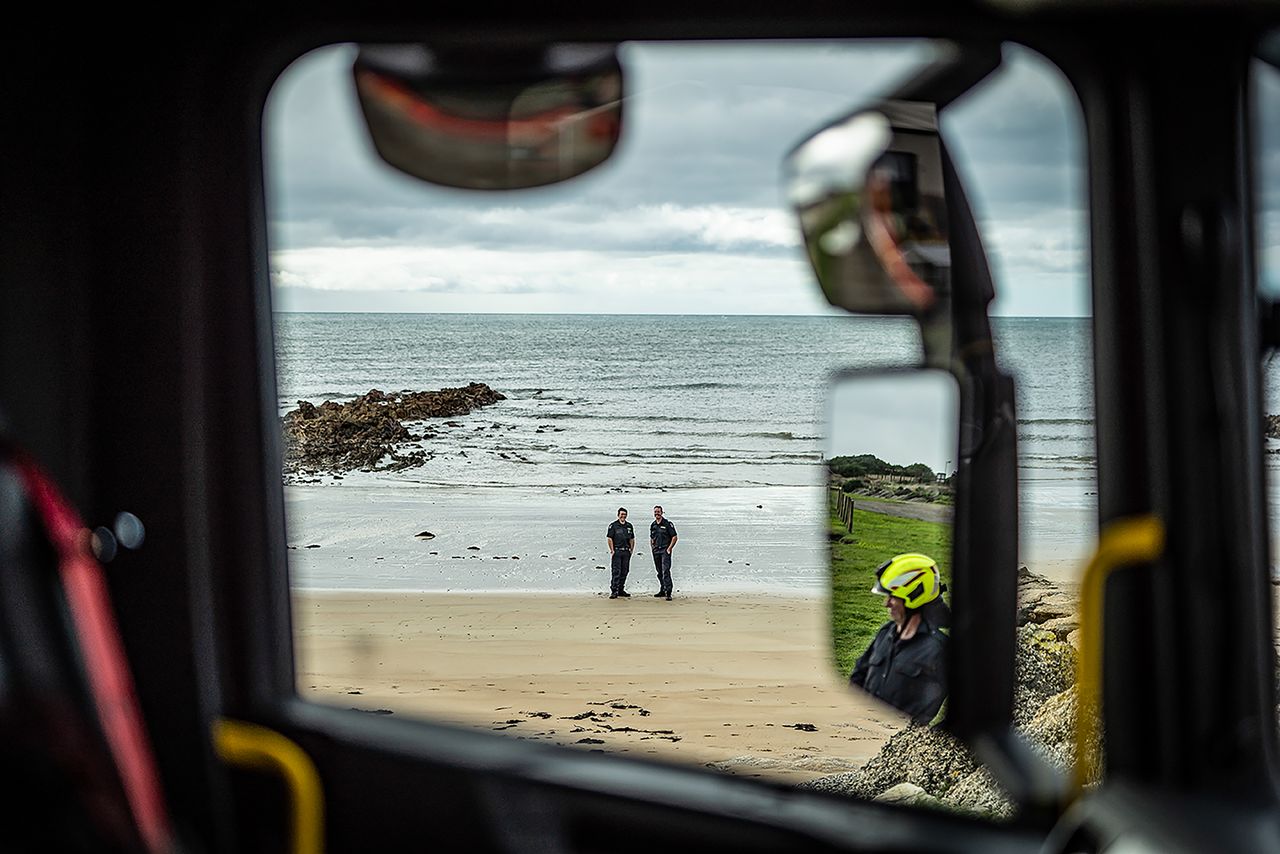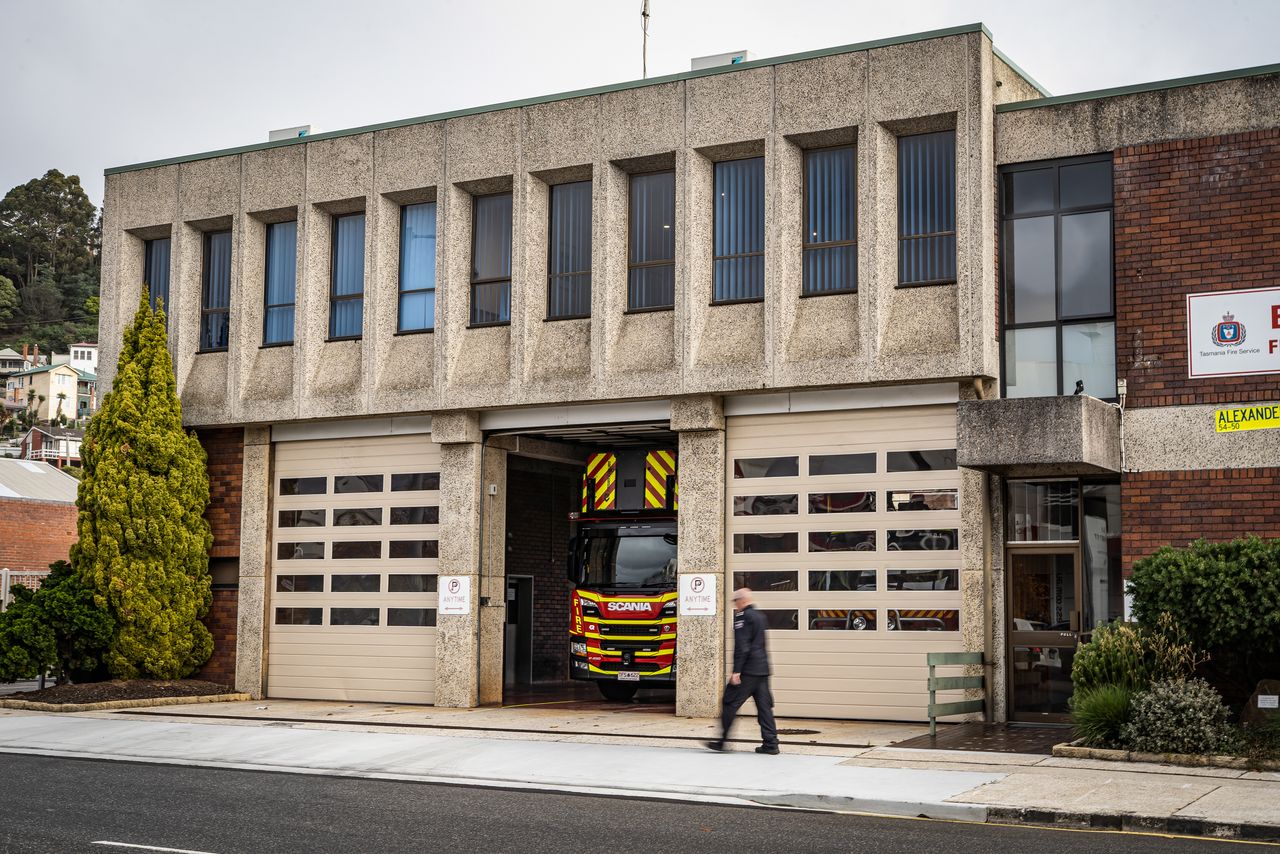An all-rounder for
the edge of the world.
A vast terrain, few people, many volunteers
Tasmania—you may say that for many people around the world this is a place of yearning and pristine nature. And you wouldn’t be wrong. To the east of this island, a state of Australia, there’s New Zealand; to the south, you find Antarctica. To the west? Nothing but water for a very long time. “Since the westerly wind to South America doesn’t touch land,” Steven Richardson explains, “we have the purest air in the world.” He is the Deputy Regional Chief of the Tasmanian Fire Service and responsible for the northern part of the island, whose total size is about 68,000 square kilometers. Because of the winds as well as a topography that allows for a lot of hydropower generation and its low population of less than 600,000, Tasmania is a so-called “net-zero emissions state.”
To cope with the vast terrain—about 1.5 times the size of Switzerland—in terms of fire protection and emergency management, there are about 270 fire stations around Tasmania employing 300 professional and 5,500 volunteer firefighters. “30 percent of them are women,” fifty-three-year-old Steven is happy to report. The dedication to fighting fires has long ceased to be a male domain.
A CAPA for burnie
While he talks shop, Steven is sitting in the fire station in Burnie. Located on the north west coast of Tasmania, the city of Burnie has just about 19,000 inhabitants—and yet, it is the island’s fourth largest city. The station is staffed around the clock with a crew of four firefighters. A total of twenty-five professional firefighters work in Burnie, and they get support from volunteers. They are responsible for an area within a twenty-kilometer radius around the city. “Sometimes, however, we’ll drive up to 150 kilometers (93 miles) for special operations.”
As there are only four firefighters on duty at any given time in Burnie, the aim is to do as much as possible with this number of staff on site. This is why they ordered a true all-rounder from Rosenbauer—an L24C FA turntable ladder that can also be used to extinguish fires and is equipped with technical rescue gear. Aussies call such a universal apparatus that is optimally equipped for first responses a “Combined Aerial Pumper Appliance,” or CAPA for short.
Enough working height and enormous extinguishing power
Unlike the capital of Hobart, with more than 200,000 inhabitants and many high-rises, a working height of twenty-four meters is plenty in Burnie. Plus, two thirty-six-meter Rosenbauer turntable ladders are still parked in the garage. “What we needed the apparatus to do was get through narrow streets and approach buildings of no more than four stories,” Steven explains and once again emphasizes the special combination of fire extinguishing and rescue, saying, “All four firefighters can fit into the multi-purpose vehicle and can spring into action on site, no matter what’s waiting for them there.” To illustrate the point: In Tasmania’s second largest city of Launceston, where Steven usually works, there are three crews on duty. If there’s a fire, they can engage with several different special vehicles. Where there are fewer staff, as in Burnie, the vehicle characteristics must be bundled.
The extinguishing gear includes an NH45 combined normal- and high-pressure pump, guaranteeing enough water pressure with its electronically regulated FIXMIX 2.0 foam proportioning system, which ensures a throw range of up to 3,800 liters (1,004 US gallons) per minute—an unusually high range for a ladder. The pump is fed by a combined tank holding 1,800 liters (476 US gallons) of water and 200 liters (53 US gallons) of foam.
Ready for action in 90 seconds
Along with the versatility of the L24C FA (FA stands for “First Attack”), Steven sees big benefits in the fact that the turntable ladder is ready for action in only 90 seconds. This has to do with its overall concept. The jacks don’t have to be deployed horizontally to ensure a stable position. The support within its own footprint is sufficient to start operating the ladder. This saves a ton of time and enhances the firefighters’ response. Moreover, the way the turntable is mounted on this compact model (which is what the C stands for) ensures there is no overhang at the rear section of the vehicle. Thus, the ladder can be turned 360 degrees on site, even in the tightest of spaces.
Turntable or aerial?
Speaking of action, Steven is fifty-three years old now, but when he joined the fire service thirty-five years ago, at the age of eighteen, he was all about action. “All we wanted to do back then was kick in doors, like in the movies. But today I believe the profession requires a certain maturity. You see things that you can’t easily forget.” His recommendation, therefore, is to gain other experience first and then become a professional firefighter. At the age of thirty, he finally refrained from extreme operations—also with his wife and kids in mind—and took on a management position. As mentioned above, Steve, who in conversation comes off as particularly cool-headed, is responsible for the entire northwestern part of the Tasmanian Fire Service as well as budgeting, negotiations with politicians, and equipment acquisition. Which brings us to our final question: Wouldn’t Burnie also have profited from an aerial apparatus like the ones commonly used in the rest of Australia? Steven’s answer is as simple as it is persuasive: “In Hobart, they use aerials that you need during operations by the river, for example, with negative working heights. That wasn’t part of the criteria for Burnie, which is why we opted for the turntable. It’s simply ready for action much quicker.” After all, what’s true for the rest of the planet is also true for the world’s edge: in an emergency, the top priority is to move up quickly.
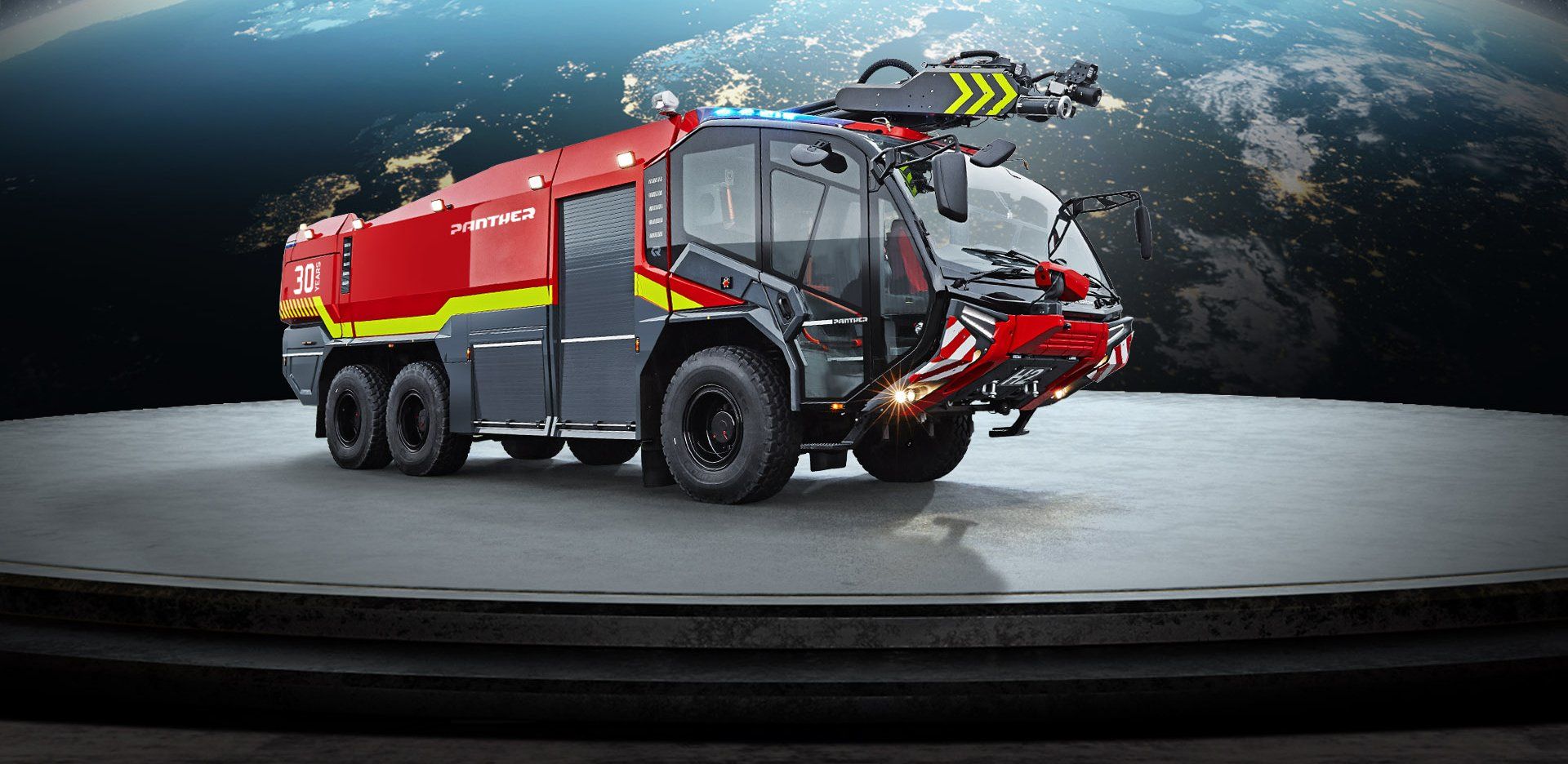
Register now for the Rosenbauer Newsletter & always be well informed!
Contact
Rosenbauer International AG
Paschinger Str. 90
4060 Leonding, Austria
office@rosenbauer.com
